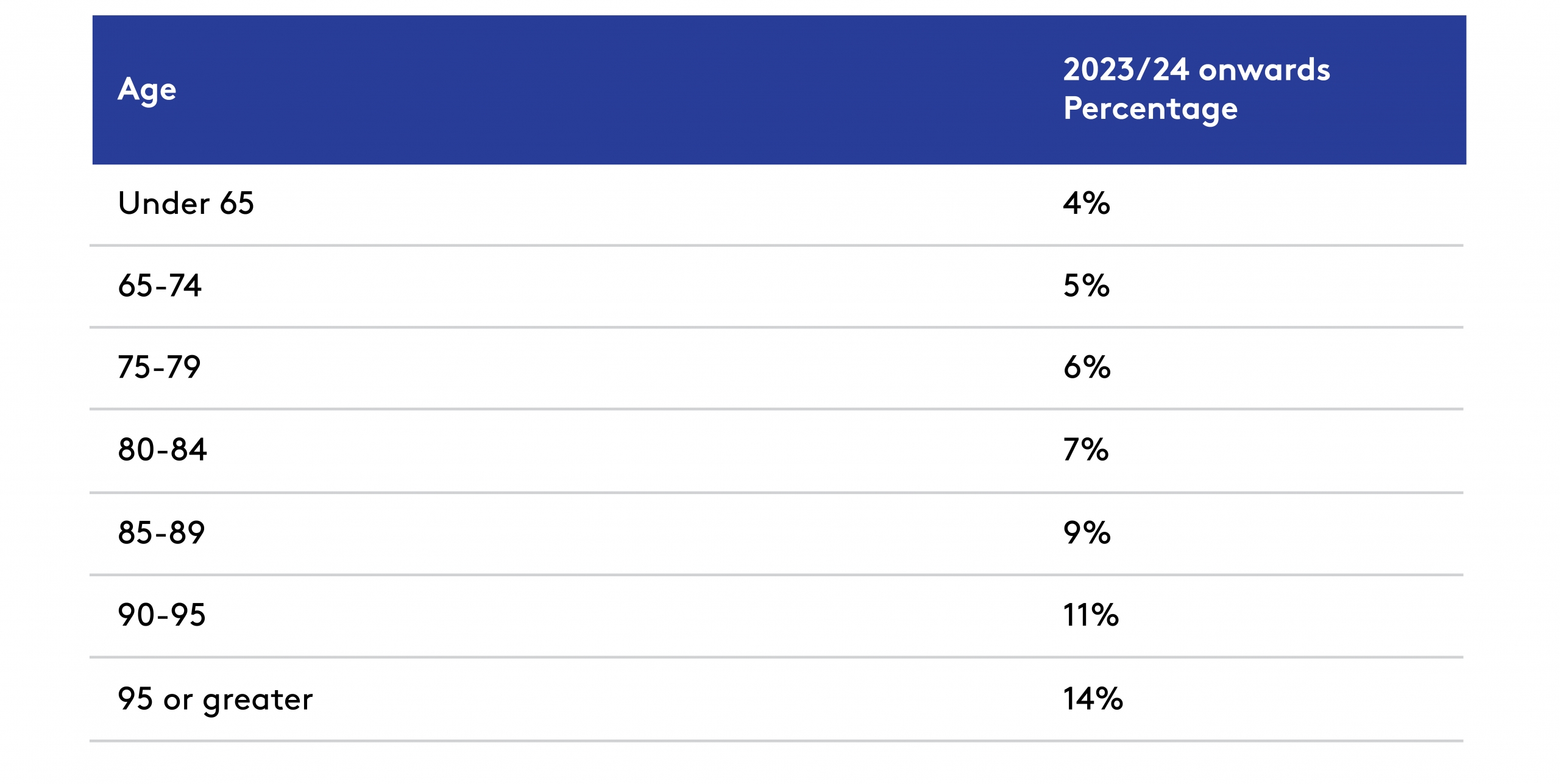Business Sector Budget Overview
Small business support – $20,000 instant asset write off
The Government will reduce compliance costs for small businesses (with aggregated turnover of less than $10 million) by temporarily increasing the instant asset write-off threshold to $20,000 from 1 July 2023 to 30 June 2024. A welcomed relief, as the temporary full expensing measure (immediate deduction with no cost limit) is due to end by 30 June 2023 and the instant asset write-off is slated to return to $1,000.
Note that assets costing more than $20,000 can continue to be placed into the small business simplified depreciation pool and depreciated at:
- 15% in the first year; and
- 30% for the subsequent years.
The five years lock-out rule that prevents small businesses from re-entering the small business capital allowance regime once they opt-out will continue to be suspended until 30 June 2024.
Small business support – Small Business Energy Incentive
Small to medium businesses (with aggregated turnover of less than $50 million), will be able to deduct an additional 20% of the cost of eligible depreciating assets that support ‘electrification’ and more efficient use of energy. Up to $100,000 of total expenditure will be eligible for the Small Business Energy Incentive, with the maximum bonus deduction being $20,000.
A range of depreciating assets (including upgrades to existing assets) will be eligible for the Small Business Energy Incentive. These will include assets:
- that upgrade to more efficient electrical goods e.g. energy-efficient fridges;
- that support electrification e.g. heat pumps and electric heating or cooling systems; and
- demand management assets e.g. batteries or thermal energy storage.
Full details of the eligibility criteria will be finalised (in consultation with stakeholders). Note that the eligible assets will need to be first used, or installed ready for use between 1 July 2023 and 30 June 2024. Eligible upgrades will also need to be made in this period.
However, the following are excluded from the Small Business Energy Incentive:
- electric vehicles;
- renewable electricity generation assets;
- capital works; and
- assets that are not connected to the electricity grid and use fossil fuels.
Small Business Support – helping small businesses manage their tax instalments
The Government will amend the tax law to set the GDP adjustment factor for pay as you go (PAYG) and GST instalments at 6 per cent for the 2023 – 24 income year (a reduction from 12% under the statutory formula).
The 6% GDP adjustment rate will apply to small businesses and individuals who are eligible to use the relevant instalment methods (up to $10 million aggregated annual turnover for GST instalments and $50 million annual aggregated turnover for PAYG instalments), in respect of instalments that relate to the 2023–24 income year and fall due after the enabling legislation receives Royal Assent.
Tax Integrity – lodgement penalty amnesty
Small businesses with outstanding tax obligations, including income tax and business activity statements, that were originally due for lodgement from 1 December 2019 to 28 February 2022, a lodgement penalty amnesty will apply to remit failure-to-lodge penalties provided those outstanding returns are lodged between 1 June 2023 to 31 December 2023.
Author: Shervy Dahliana and Colleen Dillon
















